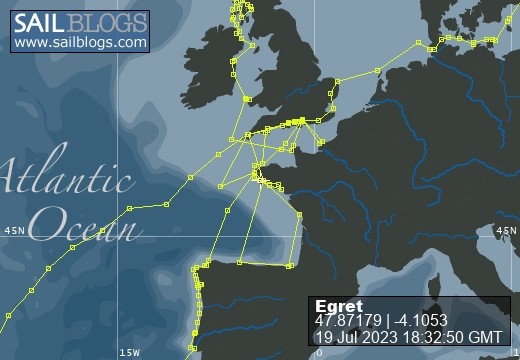
Egret
09 August 2022 | Picture: The Sunk Inner Light Vessel in the Thames Estuary
03 August 2022 | Egret at the Royal Norfolk and Suffolk Yacht Club, Lowestoft
23 July 2022 | Picture: One of the smaller locks at Holtenau
20 July 2022 | Picture: Patrick reminiscing with Juergen at Rostock
11 July 2022 | Picture: Egret at Stralsund, with the barque Gorch Fock beyond
04 July 2022 | Picture: Amanda on Bornholm
01 July 2022 | Picture: Kristianopol, with Egret at far right
26 June 2022 | Ernemar
19 September 2020 | Picture: Egret being lifted out at Ernemar, Sweden
08 September 2020 | Chart: our route from Mem into the Tjust Archipelago
01 September 2020 | Picture: the Carl Johans flight of seven locks
29 August 2020 | Picture: Egret (by G. Einefors)
27 August 2020 | Picture: Egret at Vadstena Castle
25 August 2020 | Picture: Norrkvarn Lock
23 August 2020 | Picture: Egret crossing Lake Vänern
19 August 2020 | Picture: Inside the lowest Trollhatte lock
17 August 2020 | Picture: The Gota Alv Bron in Gothenburg
16 August 2020 | Picture: the GKSS, Langedrag
13 August 2020 | Picture: Egret alongside (left) at Fisketangen
10 August 2019
95. Farewell Fiji
27 October 2013
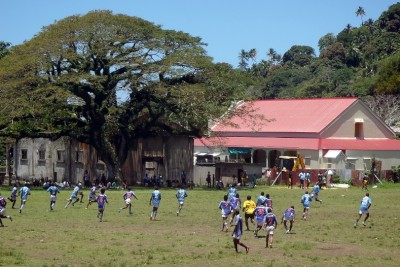
It was a half day sail from Makogai to Levuka, on Ovalau Island. This had been the first capital of colonial Fiji, and the instrument ceding to Queen Victoria full sovereignty over the Fijian Islands was signed in 1874 at a site now marked by a commemorative garden. The Prince of Wales attended independence at the same spot in 1970. The town, nestling between the waterfront and mountain range, is reckoned to be Fiji's most attractive, with colourful buildings from the colonial era, albeit in somewhat dilapidated condition. The ex-headquarters of the Moris Headstrom trading company now houses a museum, which has a mixed bag of displays including a particularly fine collection of shells. We tied the dinghy up at the dock which services the Pacific Fishing Company's canning factory. We walked the length of the town past a long row of shops with covered verandas on one side and farmers' stalls on the other. There were several delights, including a bakery which sold the tastiest wholemeal bread we'd eaten in years, and the Whale's Tale Restaurant where we had a really good lunch. We stopped for a while to join a lively crowd sitting in the shade of the trees watching a local rugby match on a very rough looking pitch. The teams play in bare feet, but are nevertheless very competitive. There were some grand old buildings, including the Levuka Public Primary School, established in 1879 for "quality education for holistic excellence", and a convent. The downside of the harbour is that it can be very rolly, so we only stayed two nights. There were only a couple of other yachts there, and we were pleased to meet for the first time Richard and Val, who were enjoying their first season of blue water sailing on their ketch "Kereru".
We left at dawn to sail around the south-east corner of Viti Levu to Suva, the present day capital. Much to our surprise, we succeeded in landing a 110cm mahi-mahi after a half-hour struggle - the first fish we'd caught for ages. It was a pleasant day's sail following the coast round, keeping about a mile off the reef. As we entered the pass into Suva Harbour, we were welcomed by a pod of dolphins frolicking around our bows. Suva was once one of the great cruising destinations, but sadly standards have declined badly. Part of the problem are the rafts of Chinese fishing boats moored up to a dozen at a time to a single mooring buoy, just waiting for a storm to set them adrift to join the other wrecks on the outer reef or in the shallows around the harbour. The area designated as a yacht anchorage is obstructed by three grounded ships, one of them capsized, and the sea-bed is foul with debris. Having said that, one can still get a warm welcome at the Royal Suva Yacht Club; resplendent with photos of the Queen and Prince Phillip, and shelves laden with old silver trophies. We met up again with Matt and Charlotte from "Gallinago" whom we'd first met at Panama but would soon be parting company as they were shortly heading for Australia. "Haulback", "Kereru" and "Calico Jack" also came in to anchor.
Just across the road from the club is the prison, modelled on Britain's Victorian examples. Apparently the last elected prime minister was an inmate, though presumably not at Her Majesty's pleasure as Fiji had been thrown out of the Commonwealth. A group of prisoners were sweeping the streets, but they stopped to allow us to pass, smiling and giving us the usual "Bula" greeting. We spent a day in the city, walking from one end to the other, past the market, big department stores and the elegant parliament building. The Fiji Museum, situated in formal gardens, has a good collection of twin hulled canoes with lots of technical details, such as their method of planking using joggled joints lashed together with cord and caulked with bark-cloth smeared with heated breadfruit gum. Wooden items on display included a sacred club and a cannibal's fork. Historical displays show how the Lapita people, distinguishable by their decorated pottery, reached Fiji from Papua New Guinea around 3,050 years ago. A subsequent wave of immigration occurred between 1879 and 1917, when 60,000 people travelled from India on five year indentures to work on the sugar plantations. Many stayed, and their descendants now run most of the small businesses in Fiji and also work as tenant farmers. Indians now make up around 40% of the population. What the museum doesn't explain is that only ethnic Fijians can own land, and, under recent government edicts, leases are not being renewed, causing many Indian farmers to lose their livelihoods.
We'd like to have stayed another day, but the forecast for later in the week wasn't looking good, so after taking on diesel and water in cans by dinghy, we left at midday. It was pretty well a dead run all the way along the south coast, but the strength was extremely variable, ranging from 10 knots to gusts of 27. Our aim was to get through the 1.2 mile wide Bequa Passage before sunset, but we then had to slow down so as not to arrive at the Navula Passage until dawn. This is the main channel into the expanse of relatively sheltered water strewn with small islands off the west coast. We headed straight for Malolo Lailai Island, and dropped anchor at the resort of Musket Cove, a renowned "yachtie" destination. Unfortunately we had chosen a miserable day and the anchorage was extremely choppy. We scrambled into the dinghy and went ashore for a drink at the almost deserted bar, just to be able to say we'd been there!
After a night of heavy rain, we upped anchor and set off for Saweni Bay on the north-west corner of the mainland. We knew little about it, but from the chart it looked suitable for sitting out the spell of strong southerly winds that were forecast. Much to our surprise, 14 other yachts had had the same idea. It rained heavily all afternoon and into the evening, but we braved it to go over for drinks on "Yindee Plus". A narrow gauge railway follows the shoreline round the bay, and a couple of times a day we would see a small locomotive pulling up to fifty wagons stacked high with sugar cane, bound for Lautoka, the local sugar port. The bus from Saweni to Lautoka takes an interesting back route up hill and down dale through numerous small villages, much of it on unmade roads. As we came into the outskirts of "Sugar City", as the town is known, we passed the refinery with its big sheds, conveyors and silos, and trains and trucks waiting outside. The town is laid out in a grand style, with a wide avenue with palm trees and a rail track down the centre. The bus took a more direct route back, and it was full with shoppers and school children - the boys dressed in white shirts and shorts, the girls in brightly coloured smocks. We returned with a typical haul from the market: long beans, tomatoes, pak choi, sweet potatoes, pineapples, papayas, bananas and limes. We spent a couple more days in the bay carrying out maintenance and repairs on board. Groups of local people appeared on the beach of a small resort at the weekend to go bathing - fully clothed, the women in brightly coloured saris. After four days, the wind was forecast to turn to the northerly sector, and the bay rapidly emptied of yachts. We had a booking for a lift-out at Vuda Point Marina, and as the weather wasn't enticing us to linger longer in the islands, we managed to bring this forward and headed straight there. The marina is geared up to store yachts over the cyclone season, with trenches dug in the ground for their keels and tyres to support the hulls. We stayed six days, including two on the hard to get the bottom cleaned off and change the anodes etc. We spent the rest of the time checking gear, victualling, internet searching and e-mailing in preparation for the forthcoming passage south. The weather remained dull with heavy rain at times due to a small tropical depression passing over Fiji. We were studying the weather diligently!
We left at dawn to sail around the south-east corner of Viti Levu to Suva, the present day capital. Much to our surprise, we succeeded in landing a 110cm mahi-mahi after a half-hour struggle - the first fish we'd caught for ages. It was a pleasant day's sail following the coast round, keeping about a mile off the reef. As we entered the pass into Suva Harbour, we were welcomed by a pod of dolphins frolicking around our bows. Suva was once one of the great cruising destinations, but sadly standards have declined badly. Part of the problem are the rafts of Chinese fishing boats moored up to a dozen at a time to a single mooring buoy, just waiting for a storm to set them adrift to join the other wrecks on the outer reef or in the shallows around the harbour. The area designated as a yacht anchorage is obstructed by three grounded ships, one of them capsized, and the sea-bed is foul with debris. Having said that, one can still get a warm welcome at the Royal Suva Yacht Club; resplendent with photos of the Queen and Prince Phillip, and shelves laden with old silver trophies. We met up again with Matt and Charlotte from "Gallinago" whom we'd first met at Panama but would soon be parting company as they were shortly heading for Australia. "Haulback", "Kereru" and "Calico Jack" also came in to anchor.
Just across the road from the club is the prison, modelled on Britain's Victorian examples. Apparently the last elected prime minister was an inmate, though presumably not at Her Majesty's pleasure as Fiji had been thrown out of the Commonwealth. A group of prisoners were sweeping the streets, but they stopped to allow us to pass, smiling and giving us the usual "Bula" greeting. We spent a day in the city, walking from one end to the other, past the market, big department stores and the elegant parliament building. The Fiji Museum, situated in formal gardens, has a good collection of twin hulled canoes with lots of technical details, such as their method of planking using joggled joints lashed together with cord and caulked with bark-cloth smeared with heated breadfruit gum. Wooden items on display included a sacred club and a cannibal's fork. Historical displays show how the Lapita people, distinguishable by their decorated pottery, reached Fiji from Papua New Guinea around 3,050 years ago. A subsequent wave of immigration occurred between 1879 and 1917, when 60,000 people travelled from India on five year indentures to work on the sugar plantations. Many stayed, and their descendants now run most of the small businesses in Fiji and also work as tenant farmers. Indians now make up around 40% of the population. What the museum doesn't explain is that only ethnic Fijians can own land, and, under recent government edicts, leases are not being renewed, causing many Indian farmers to lose their livelihoods.
We'd like to have stayed another day, but the forecast for later in the week wasn't looking good, so after taking on diesel and water in cans by dinghy, we left at midday. It was pretty well a dead run all the way along the south coast, but the strength was extremely variable, ranging from 10 knots to gusts of 27. Our aim was to get through the 1.2 mile wide Bequa Passage before sunset, but we then had to slow down so as not to arrive at the Navula Passage until dawn. This is the main channel into the expanse of relatively sheltered water strewn with small islands off the west coast. We headed straight for Malolo Lailai Island, and dropped anchor at the resort of Musket Cove, a renowned "yachtie" destination. Unfortunately we had chosen a miserable day and the anchorage was extremely choppy. We scrambled into the dinghy and went ashore for a drink at the almost deserted bar, just to be able to say we'd been there!
After a night of heavy rain, we upped anchor and set off for Saweni Bay on the north-west corner of the mainland. We knew little about it, but from the chart it looked suitable for sitting out the spell of strong southerly winds that were forecast. Much to our surprise, 14 other yachts had had the same idea. It rained heavily all afternoon and into the evening, but we braved it to go over for drinks on "Yindee Plus". A narrow gauge railway follows the shoreline round the bay, and a couple of times a day we would see a small locomotive pulling up to fifty wagons stacked high with sugar cane, bound for Lautoka, the local sugar port. The bus from Saweni to Lautoka takes an interesting back route up hill and down dale through numerous small villages, much of it on unmade roads. As we came into the outskirts of "Sugar City", as the town is known, we passed the refinery with its big sheds, conveyors and silos, and trains and trucks waiting outside. The town is laid out in a grand style, with a wide avenue with palm trees and a rail track down the centre. The bus took a more direct route back, and it was full with shoppers and school children - the boys dressed in white shirts and shorts, the girls in brightly coloured smocks. We returned with a typical haul from the market: long beans, tomatoes, pak choi, sweet potatoes, pineapples, papayas, bananas and limes. We spent a couple more days in the bay carrying out maintenance and repairs on board. Groups of local people appeared on the beach of a small resort at the weekend to go bathing - fully clothed, the women in brightly coloured saris. After four days, the wind was forecast to turn to the northerly sector, and the bay rapidly emptied of yachts. We had a booking for a lift-out at Vuda Point Marina, and as the weather wasn't enticing us to linger longer in the islands, we managed to bring this forward and headed straight there. The marina is geared up to store yachts over the cyclone season, with trenches dug in the ground for their keels and tyres to support the hulls. We stayed six days, including two on the hard to get the bottom cleaned off and change the anodes etc. We spent the rest of the time checking gear, victualling, internet searching and e-mailing in preparation for the forthcoming passage south. The weather remained dull with heavy rain at times due to a small tropical depression passing over Fiji. We were studying the weather diligently!
Comments
| Vessel Name: | Egret |
| Vessel Make/Model: | Sweden Yachts 390 |
| Hailing Port: | Chichester Harbour |
| Crew: | Patrick & Amanda Marshall |
Egret's Photos - Main
R.jpg) |
The Gota River, Trollhatte Canal, Lakes Vanern & Vattern and the Gota Canal
2 Photos | 9 Sub-Albums
Created 30 September 2020
|
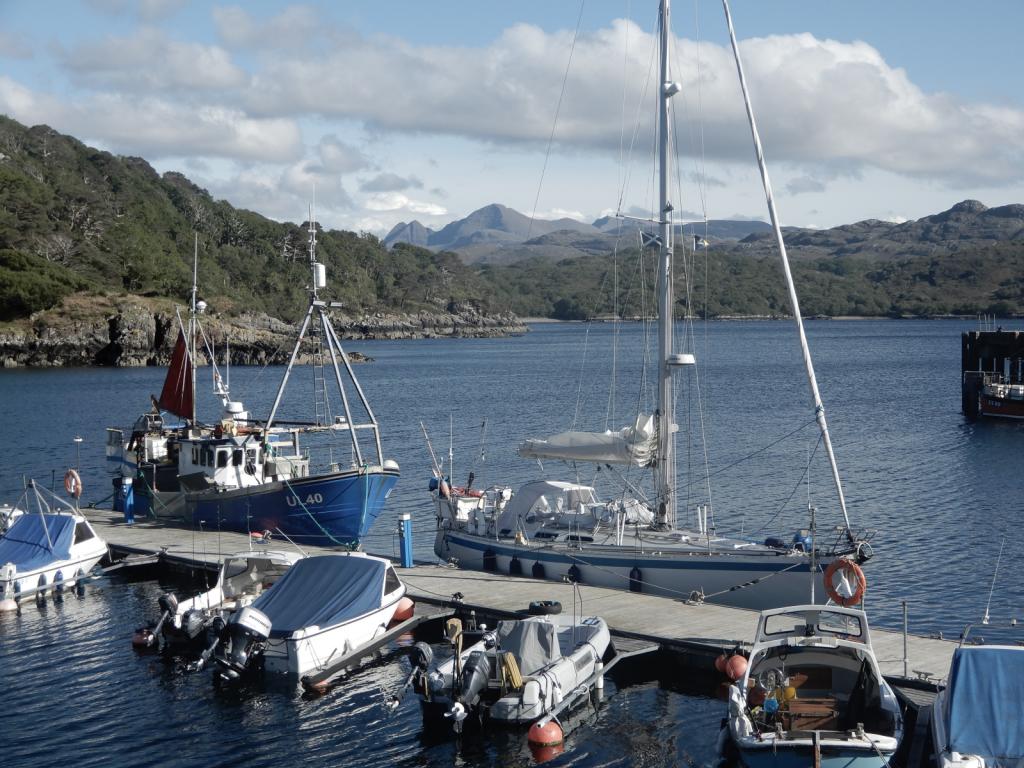 |
The Inner and Outer Hebrides, Orkney, Fair Isle, Shetland, Norway and Sweden's west coast.
1 Photo
Created 14 November 2019
|
|
Normandy, Scilly, Pembrokeshire, Ireland, Isle of Man, Northern Ireland, Inner Hebrides and the Crinan Canal.
1 Photo
Created 14 November 2018
|
Egret
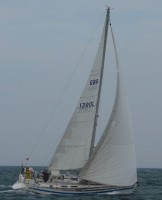
Who: Patrick & Amanda Marshall
Port: Chichester Harbour

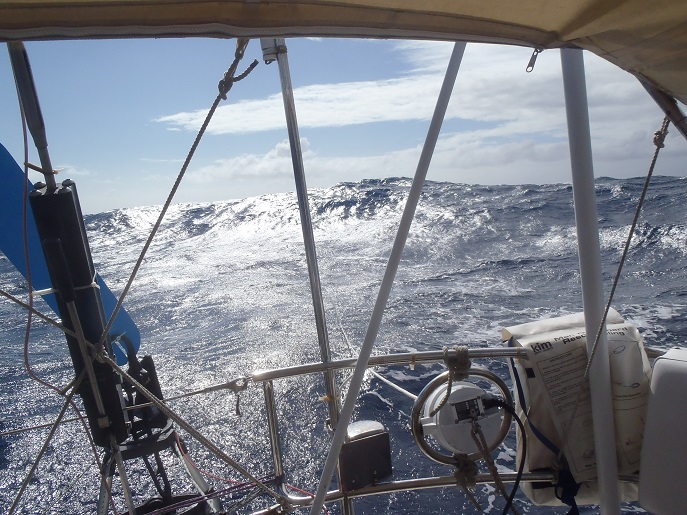
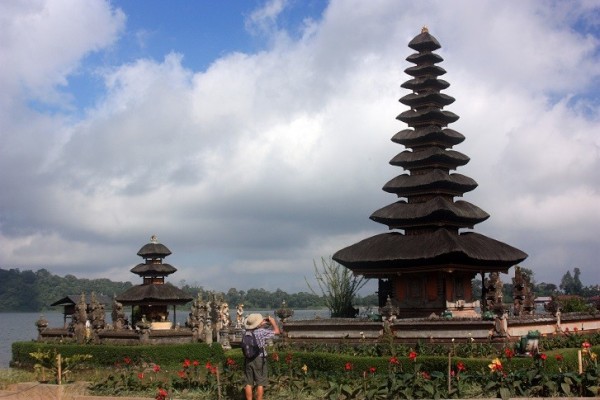
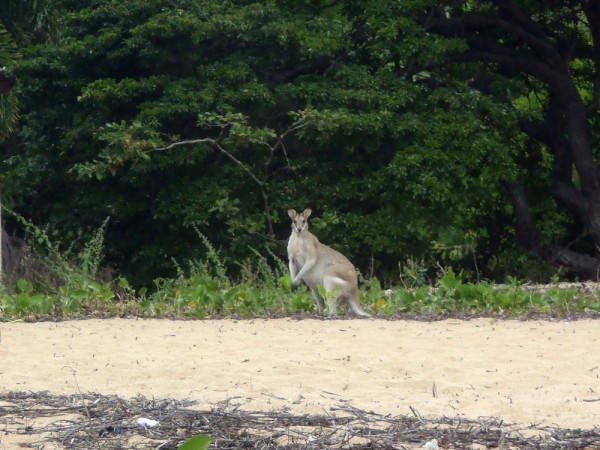
, Pentecost, Naghol (Land diving)a.jpg)
Amanda raising the Quarantine & New Zealand courtesy flagedit_edited-1 a.jpg)
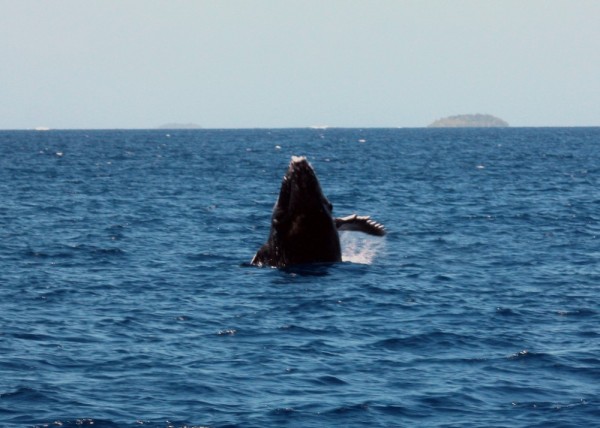
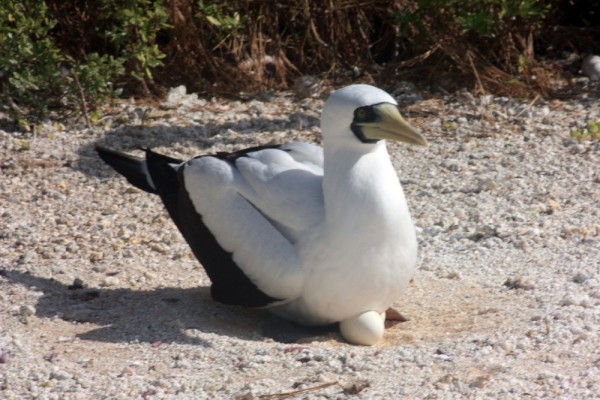
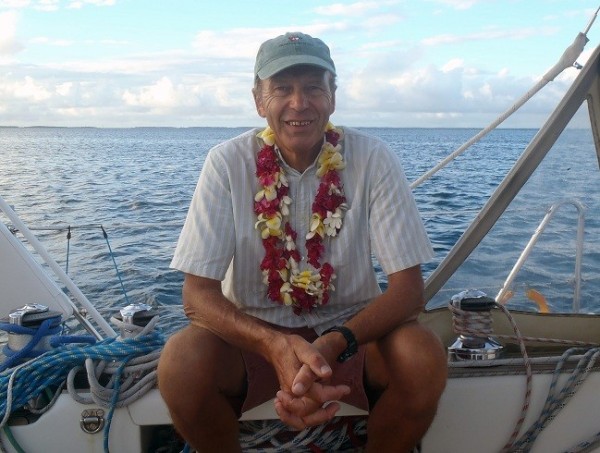
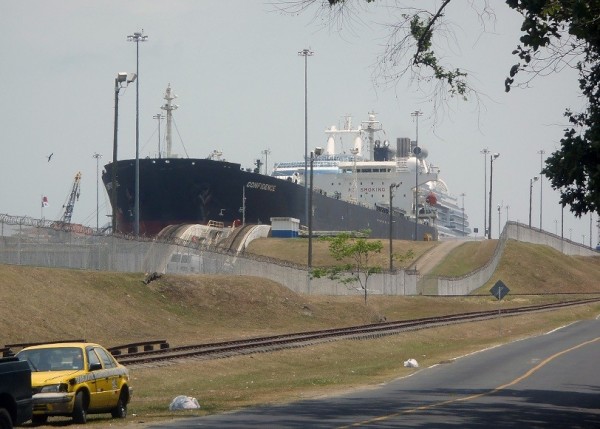
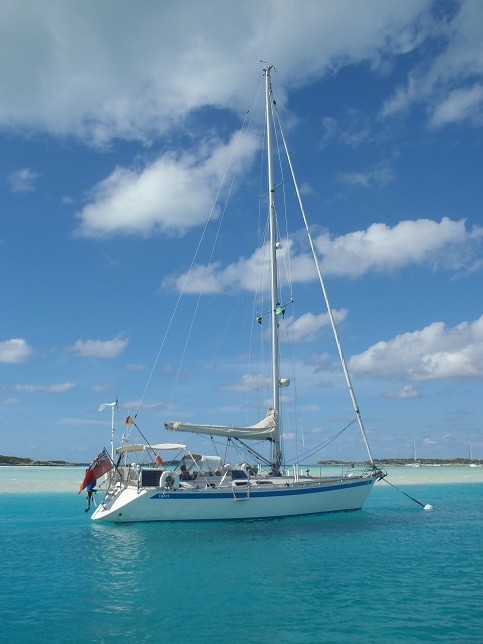
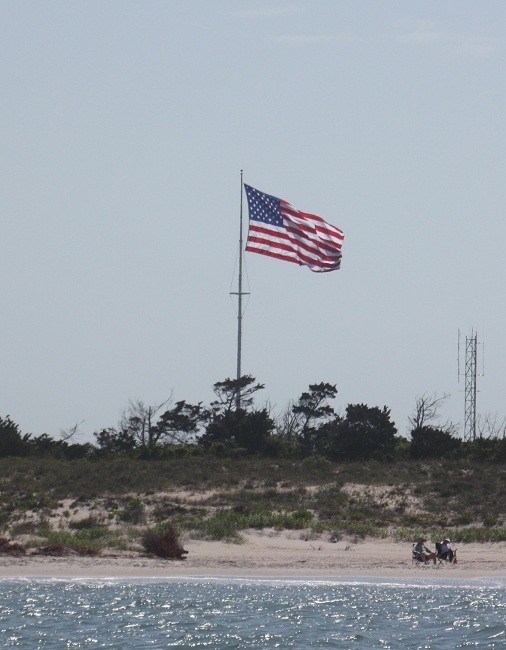
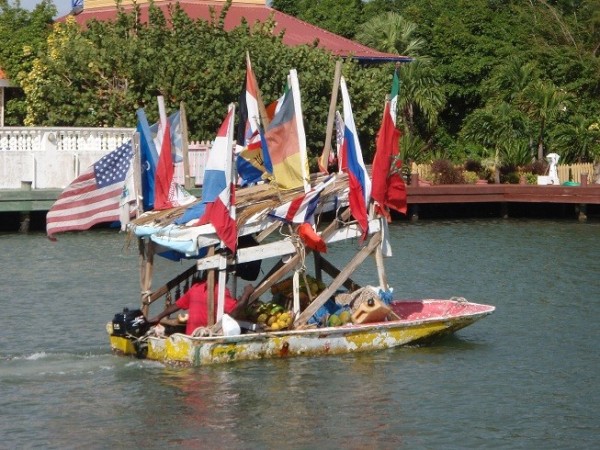

, Pentecost, Naghol (Land diving) a.jpg)



